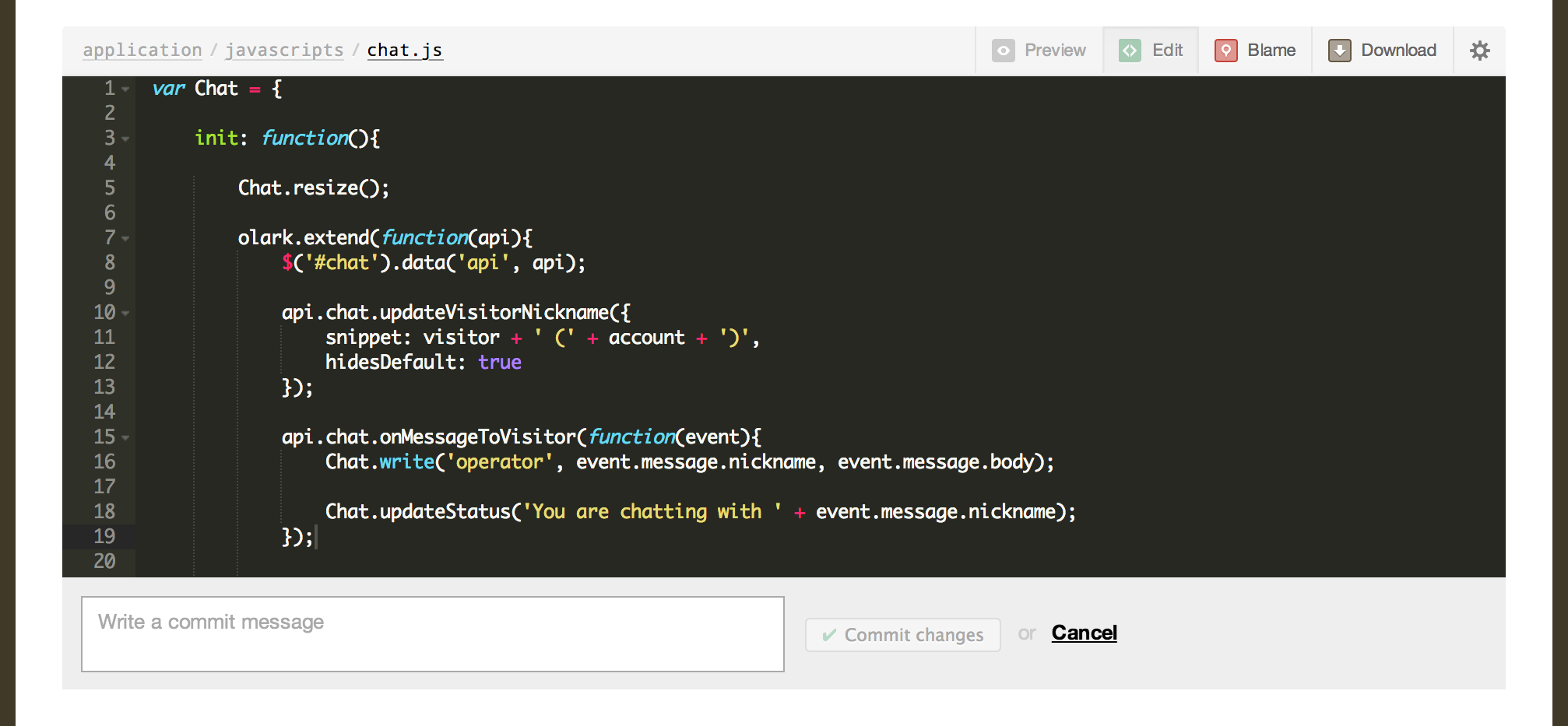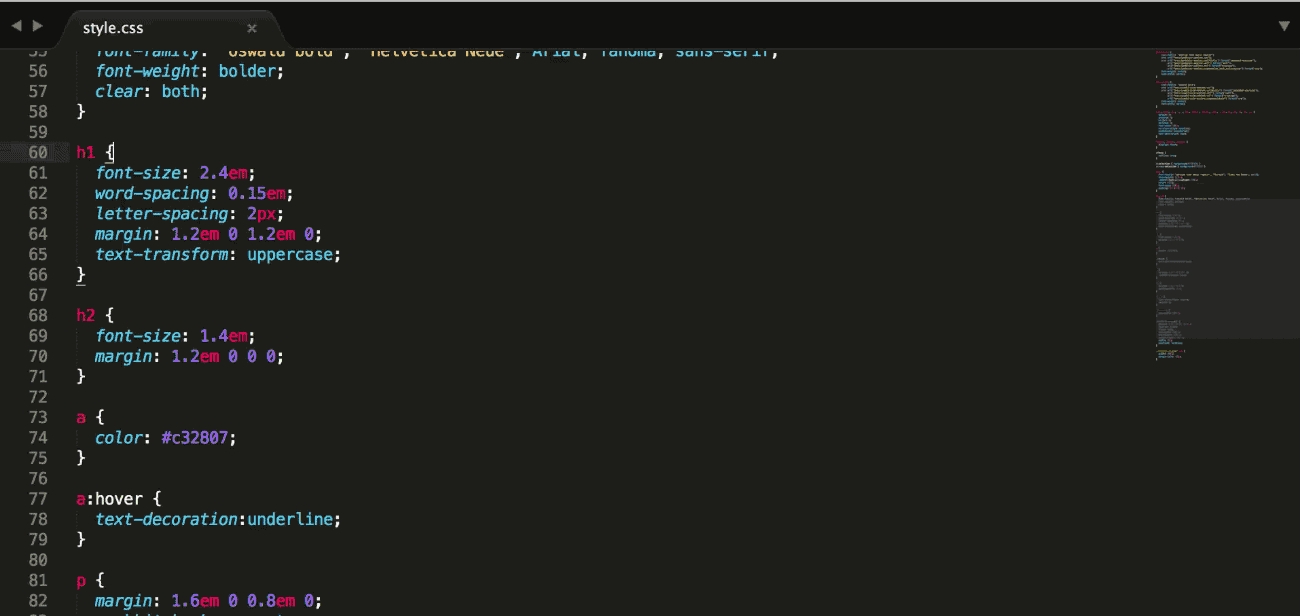

The Gitflow Workflow is similar to the Feature Branch Workflow, but defines a strict branching model designed around the project release. Other developers can then provide suggestions inside of the pull request, or even fix the problem themselves with additional commits. For example, if a developer is having trouble implementing a particular requirement, they can file a pull request containing their work-in-progress.

It’s also possible to file a pull request for a feature that is incomplete. Follow-up commits will show up right next to the relevant comments. But, if there are problems with the proposed changes, they can post feedback in the pull request. If the feature is ready to go, they can simply merge it into main and close the pull request. Typically, the developer will specify their feature branch as the source branch and the main branch as the destination branch.Īfter receiving the pull request, the project maintainer has to decide what to do. There is only one public repository in the Feature Branch Workflow, so the pull request’s destination repository and the source repository will always be the same.

But, instead of immediately merging them into main, developers should open a pull request to initiate a discussion around the feature before it gets integrated into the main codebase. The Feature Branch Workflow uses a shared Bitbucket repository for managing collaboration, and developers create features in isolated branches.

Feature Branch Workflow With Pull Requests The rest of this section describes how pull requests can be leveraged against different collaboration workflows. The project maintainer merges the feature into the official repository and closes the pull request. The rest of the team reviews the code, discusses it, and alters it. The developer files a pull request via Bitbucket. The developer pushes the branch to a public Bitbucket repository. Using pull requests with each of these workflows is slightly different, but the general process is as follows:Ī developer creates the feature in a dedicated branch in their local repo. But a pull request requires either two distinct branches or two distinct repositories, so they will not work with the Centralized Workflow. Pull requests can be used in conjunction with the Feature Branch Workflow, the Gitflow Workflow, or the Forking Workflow. The above diagram shows a pull request that asks to merge a feature branch into the official main branch, but there are many other ways to use pull requests. However, depending on your collaboration workflow, your team may need to specify different values. Many of these values will be set to a sensible default by Bitbucket. This means that you need to provide 4 pieces of information to file a pull request: the source repository, the source branch, the destination repository, and the destination branch. When you file a pull request, all you’re doing is requesting that another developer (e.g., the project maintainer) pulls a branch from your repository into their repository. Pull requests put all of this functionality into a friendly web interface right next to your Bitbucket repositories. This can become haphazard, especially when follow-up commits are involved. SVN and Git can both automatically send notification emails with a simple script however, when it comes to discussing changes, developers typically have to rely on email threads. All of this activity is tracked directly inside of the pull request.Ĭompared to other collaboration models, this formal solution for sharing commits makes for a much more streamlined workflow. If there are any problems with the changes, teammates can post feedback in the pull request and even tweak the feature by pushing follow-up commits.
MOVE FROM BEANSTALK TO BITBUCKET USING SOURCETREE CODE
This lets everybody involved know that they need to review the code and merge it into the main branch.īut, the pull request is more than just a notification-it’s a dedicated forum for discussing the proposed feature. Once their feature branch is ready, the developer files a pull request via their Bitbucket account. In their simplest form, pull requests are a mechanism for a developer to notify team members that they have completed a feature. They provide a user-friendly web interface for discussing proposed changes before integrating them into the official project. Pull requests are a feature that makes it easier for developers to collaborate using Bitbucket.


 0 kommentar(er)
0 kommentar(er)
